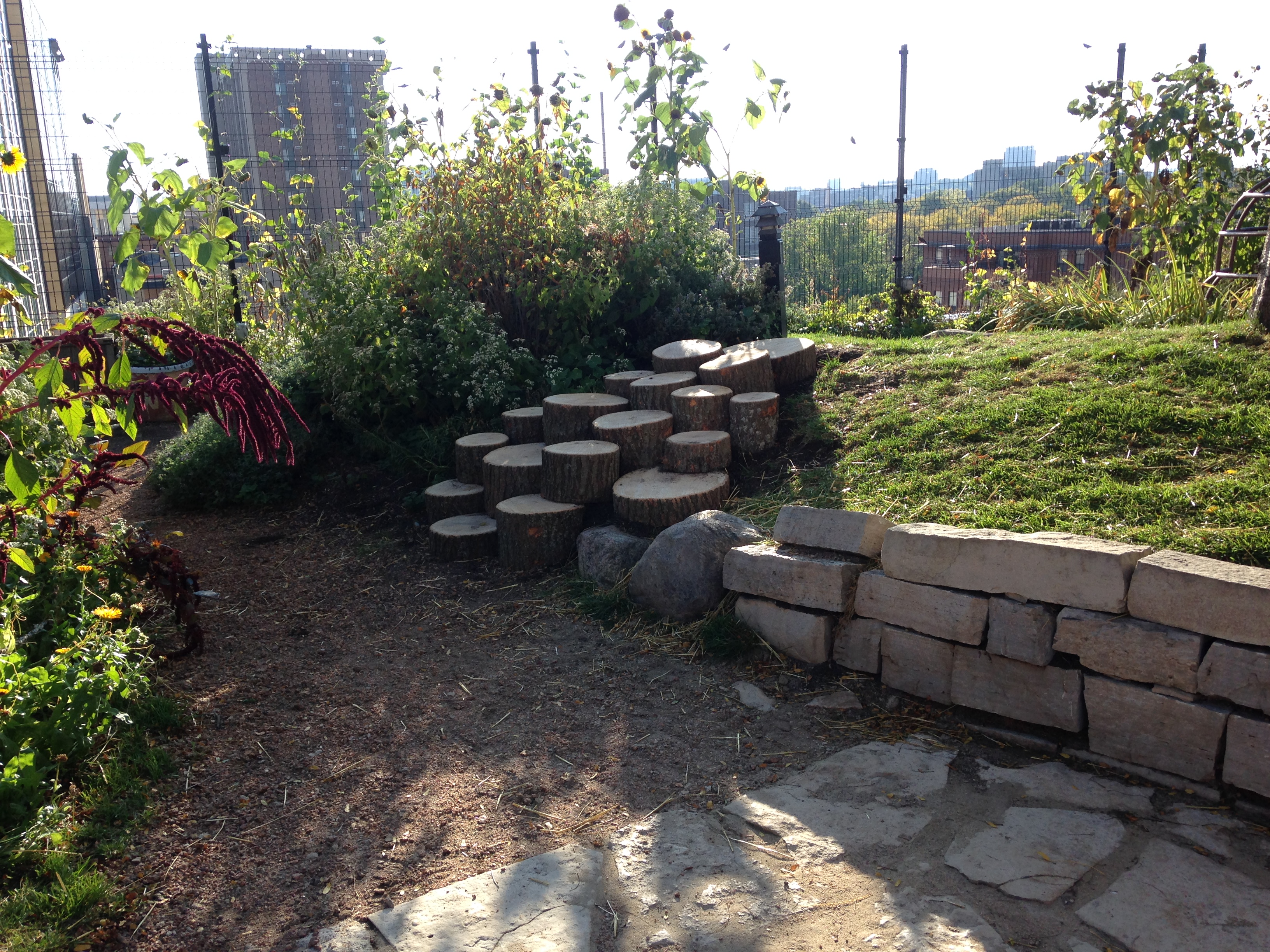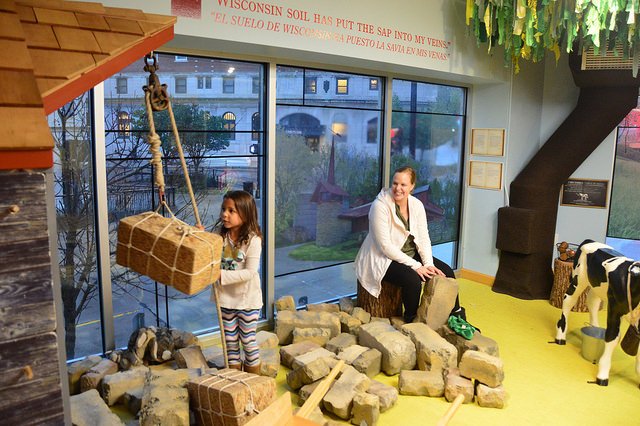- Home Test 625
- Home
- Visit
- Exhibits
- Programs & Events
- Membership
- Support
- Give the Gift of Play
- About
- Checkout
- Cart
- Utility
- Birthday Party Cancellation Form
- Phone Call
- Request for a Facility Rental Agreement
- Privacy Policy
- American Girl Benefit Sale
- Party Catering Form
- Event Date Request Form
- Camp Food Orders
- Flourish!
- IA24 Evening Event RSVP
- Development Events RSVP
- Development Tour
- Folder Request Form
- Development Team Test Page
- Logout
- Birthday Parties
Learn From Nature
By Joyce Hemphill (Queen of Play)

My young neighbor was telling me about a nature walk she took with her mom. They set out looking for ‘signs of spring.’ They came across plenty of birds, specifically robins, and saw a wide array of flowers. One flower stood out. She couldn’t remember the name, but it was small and purple, with leaves that looked like hearts. Her brother chimed in, saying “We also saw a bright yellow flower on a long stem, and it was round and had lots of small leaves that looked like a row of triangles. Can you guess what flower we saw?”
Isn’t nature amazing with all of its colors, shapes, textures, patterns, smells, and sounds? Nature merges the classroom and the playground, expanding the possibilities for open-ended play in an environment that encourages creativity. Go outside and take a look. Nature provides a perfect resource for playing scavenger games. These games are simple and effective learning activities that engage children with the natural world while helping develop observational, analytical, and memory skills that carry over to the classroom. For example, while at the park or on a walk in your neighborhood do a “Where’s ROY G BIV?” search and be on the lookout for any Red, Orange, Yellow, Green, Blue, Indigo, and Violet.
Nature-based scavenger games can also be played in the outdoor spaces at the Madison Children’s Museum. Check out the Rooftop Ramble, Urb Garden, and Wildernest for examples of naturally occurring squares, circles, triangles, and other geometric shapes. Look for examples of symmetry and asymmetry in the various plants and animals you come across. Take a more focused look at spaces you have played in before and perhaps you will see something in a new way.
Wisconsin native and celebrated architect, Frank Lloyd Wright, encouraged his students to not only study nature, but to fall in love with its wonders and beauty. Nature was Wright’s mentor, and its influence shines through in his work. The patterns and shapes in his designs echo the natural beauty of the outdoors
The museum’s Frank Lloyd Wright inspired From Coops to Cathedrals exhibit will expand your options for play, including nature-based scavenger games. Not only can you do a search for ROY G BIV and scavenge for shapes, you can test your identification skills by matching the patterns you see inside the museum with those in nature.

I encourage you to become a student of nature. Explore, investigate, compare, contrast, wonder, snoop, seek, and find.
Joyce
BTW, did you figure out what flowers my neighbors saw? Answer: Wild violets and dandelions.
